What You Need to Know Before Visiting Myanmar
A visitor’s guide to Myanmar
UNDERSTAND
Myanmar has a complex, complex history, and any visitor to Myanmar should understand something of it. Luckily for you, I wrote a whole post on the topic over here. I would strongly encourage any visitor to Myanmar to do considerable research about the history of the country before visiting, with a special focus on the recent history of Myanmar. To summarise; Myanmar was once a mighty empire in south and south-east Asia. However, after being colonised by the British in the 19th century, Myanmar remained under foreign control until the end of the Second World War. After this, Myanmar briefly had democracy, but was then taken over under a Military Junta, under which it remained for 50 years. Under the military, the people of Myanmar suffered terribly; they had little ability to contact the outside world, suffered horrific economic and education setbacks, and were unable to leave their own country. During this time, there were few tourists to the country, and the economy stagnated. After mounting international pressure, Myanmar returned to a vaguely democratic system in 2008, and has experienced something of an uneasy peace ever since. However, civil war still rages in the border regions of the country, and Myanmar has begun experiencing an influx of investment from China in recent years, coming with it an increasingly fragile political status, and an ever unstable sphere of control in South Asia. Myanmar is certainly not a unified country, and many of the ethnic minorities within the country face ongoing persecution and even genocide. Again, do your balanced research (ie: don’t trust anything from NewsCorp) about the history and current status of Myanmar - it’s a complex one.
Before you go
Any visitor to Myanmar must apply for a visa online before arriving. You can do this only through the following website: https://evisa.moip.gov.mm/. While you can read my blog post on how to get an e-visa over here, it’s important that you get this visa before arriving, and follow these steps:
1) Click ‘apply visa’ at the top left hand corner of the banner on the main page of https://evisa.moip.gov.mm/ main page. Make sure you select ‘new application’ and ‘tourist.’
2) Fill in all of your entry information on the next page. You’ll need your passport, the point of entry for Myanmar (airport) and a valid e-mail address. This is really important - make sure the e-mail address is valid and you’ve typed it correctly, as all of your visa information will be sent there, and it’s really, really hard to change once locked in on the website.
3) The next step is filling in all of your personal information. They’ll ask for things such as gender (only have binary options), your D.O.B, contact information for your home country, and what your reasons for visiting Myanmar are. Be completely honest at this point, as the border guards may question you on some of these points at the airport. They were relaxed with us, but I’ve heard of people getting thoroughly quizzed on their personal information at customs.
4) You’ll then need to pay for the visa. This is non refundable, and you’ll have to pay $50 USD, which can be done via Alipay or BPAY. While the website may look slightly dodgy, go ahead and pay, the money will leave your account straight away.
5) Check your e-mails. You should have received a confirmation e-mail telling you that they have received your application.
6) All things going well, you should receive your approval within a few days of receiving the confirmation e-mail. You’ll receive an email from the Myanmar government with confirmation of your tourist visa, which will allow you stay in the country for no more than 90 days. Print this out, and your initial confirmation e-mail, and bring both of those to the airport with you, as you’ll need to hand them over at customs.
KNOW BEFORE YOU GO
Tourism in Myanmar is very much still a new thing, and in my experience, the country is still struggling to figure out how to handle it. However, tourists are allowed to visit Myanmar for 90 days. Any longer and they’ll need special permission from an embassy. Tourists need to have an approved e-visa before entering the country, and need to have a place to stay before this is granted.
Tourists is Myanmar are only allowed to stay at registered hostels, hotels and guesthouses. There isn’t much a party hostel scene in Myanmar, so you’ll be staying at hotels for the most part. In fact, I’ll get this point out of the way fairly quickly: the Burmese, though fans of a beer and rice wine aren’t big partiers. In fact, to be seen publicly drunk is an extraordinarily shameful thing here, so there isn’t really a party scene in Myanmar like in other parts of south-east Asia (hello, Thailand?). Don’t expect too many large nights at the pub followed by a late night sesh at the club. Not gonna happen.
Tourists in Myanmar are generally only really able to follow the tourism triangle (see image), which includes Yangon, Bagan, Mandalay, Inle Lake, and then bake to Yangon. Looking at the diagram, you can see that following this route, you’re generally only staying within a highly centralised zone within Myanmar, and not venturing anywhere near the borders with Bangladesh, Laos or Thailand. That’s because these areas are technically off-limits to tourists, with the Myanmar government restricting any access to Rakhine, Shan and Sagaing division, largely because these are either in the grips of ongoing civil wars, the government is committing genocide there, or they are narco states. However, it is still possibly to visit places such as the Shan state, you just need to do it with a tour, like we did.
The main religion of Myanmar is Buddhism. In fact, the vast majority of the population practise Theravada Buddhism, with a huge proportion of young men needing to complete their time in a monastery. Hence, you’ll see a whole lot of Buddhist Monks throughout Myanmar. It’s definitely not cool to take photographs of them, but it is cool to give them some money, they’ll usually have an alms dish.
The currency of Myanmar is the Kyat, which exchanges for approximately 1500 kyat to $1 USD. The price of travel in Myanmar is surprisingly expensive, with basic things such as a beer costing far more than it would in neighbouring Thailand, and the cost of a hotel being at least $50 USD per night.
One important thing to note, the Myanmar Government has been carrying out a systematic genocide of the Rohingya population of Myanmar, a muslim minority, largely concentrated in the east of the country, which has intensified in recent years. If you haven’t read this in the news, shake you head. If not, get educated over here, as it’s a super, super important thing to be aware of before you go.
WHAT TO EXPECT
Myanmar is a country just waking up to tourism, and seems fairly unprepared for the influx of tourists pouring into the country each year. When we visited in 2016, the sanctions upon tourism had only lifted 8 years previously, and western tourists were still something of a novelty. While locals in the major cities of Yangon and Mandalay seemed fairly unfazed by westerners in their midst, when we visited the Shan State, to the far eats of the country, it was like we were aliens. Children wanted to touch our hair, chatter away to us in local dialect and touch our phones and cameras. It was a surreal and very, very bizarre experience, especially in south-east Asia, where it feels as though there is no path untrod (you can read more about this experience over here.
The people of Myanmar are welcoming, hospitable, and very, very keen to give visitors the best impression they can of the country. Tourism is fast becoming the safest means for locals to make money, and thus, is a very, very significant industry. Therefore, locals will go out of their way to accomodate you. Whether it be fixing you a fresh tea-leaf salad, pointing out the only place in town that sells cold beer (there aren’t many), or booking you a taxi to the airport, locals are very, very ken to show the best side of Myanmar that they can.
The tourism industry in Myanmar, however, is very much still fledgeling. While that doesn’t mean that tourist activities are lacking comfort or sophistication, it’s just that many tourism companies don’t have websites, certainly don’t use instagram or facebook, and may not have anyone around that speaks fantastic English, German, Italian and French. You’ll be lucky if your guide speaks English, but you’ll always be able to find some way of communicating.
Infrastructure in Myanmar is sometimes lacking. While the country has a fairly well operated highway system, with buses connecting most cities, many of the roads between towns are unsealed, especially once you leave the tourist triangle. The easiest way to get between places is usually to fly. You can catch planes between Yangon, Mandalay and Inle Lake easily, saving you any unnecessarily long bus rides. There are train routes available, but we were told to steer clear of these, with most guides suggesting that we stick to flying or, when necessary, the local bus.
The speed and quality of internet and phone reception on Myanmar is hugely patchy. We struggled to access our online bank in the heart of Yangon at our hostel, and struggled to do much more than whatsapp our families from time to time. So, if you’re expecting to be watching long youtube series or logging into netflix, probably think again.
WHEN TO GO
Similar to everywhere in Southeast Asia, Myanmar experiences a monsoon season. While you can visit Myanmar year round, the wet season is running from June to September. During this time torrential rain, some flooding, and road closures are fairly common, and humidity is a bit higher than normal.
The best time to visit most of Myanmar is from November to February. We visited during January, and while it was extremely hot the whole time we were there (except in Shan State), it wasn’t unbearably hot like it gets from March to May, especially on the plains near Bagan and Mandalay.
Any questions, comments or concerns? Let us know in the comments section below! Like what you’ve read? Subscribe via the link down below!

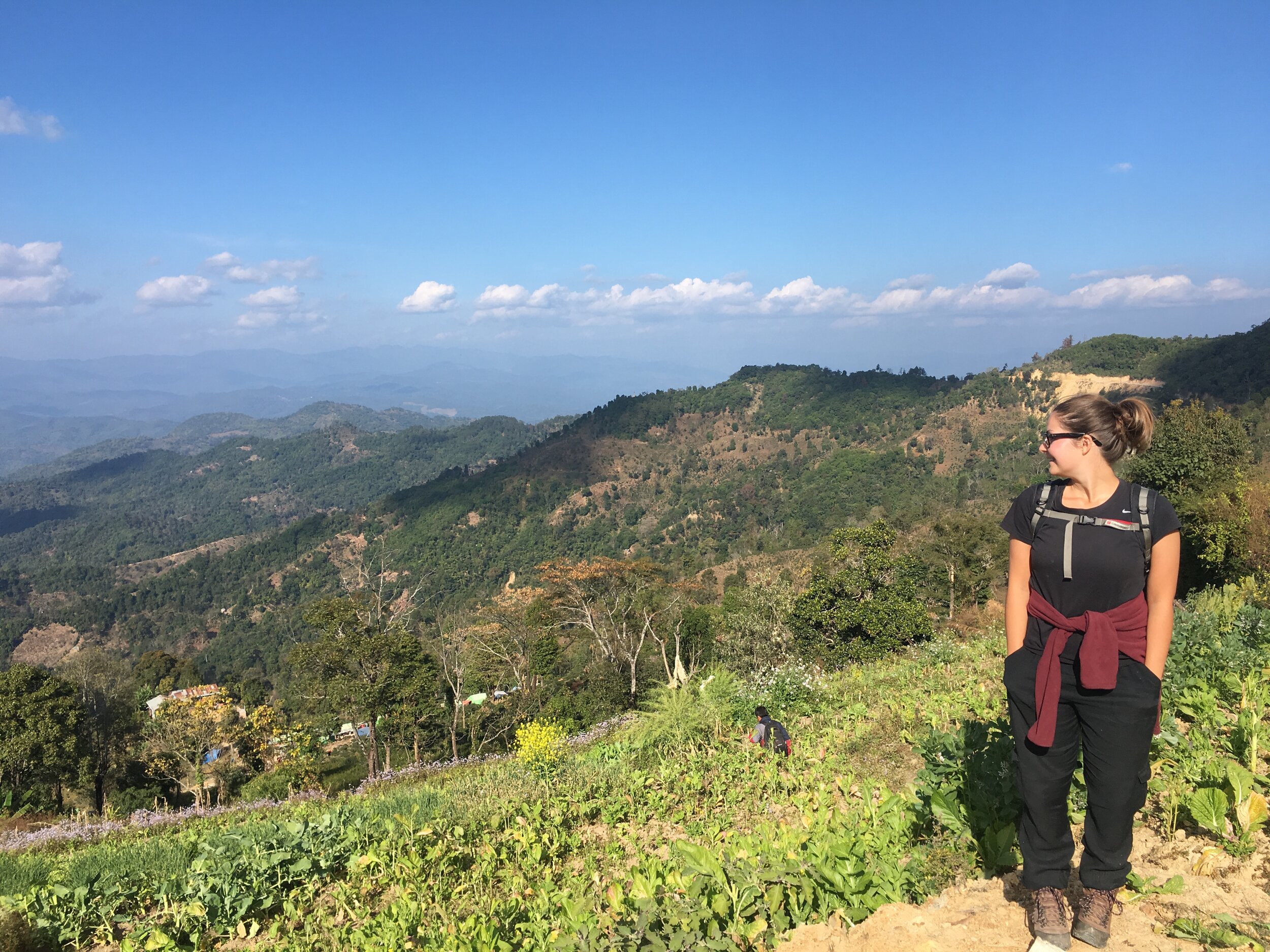
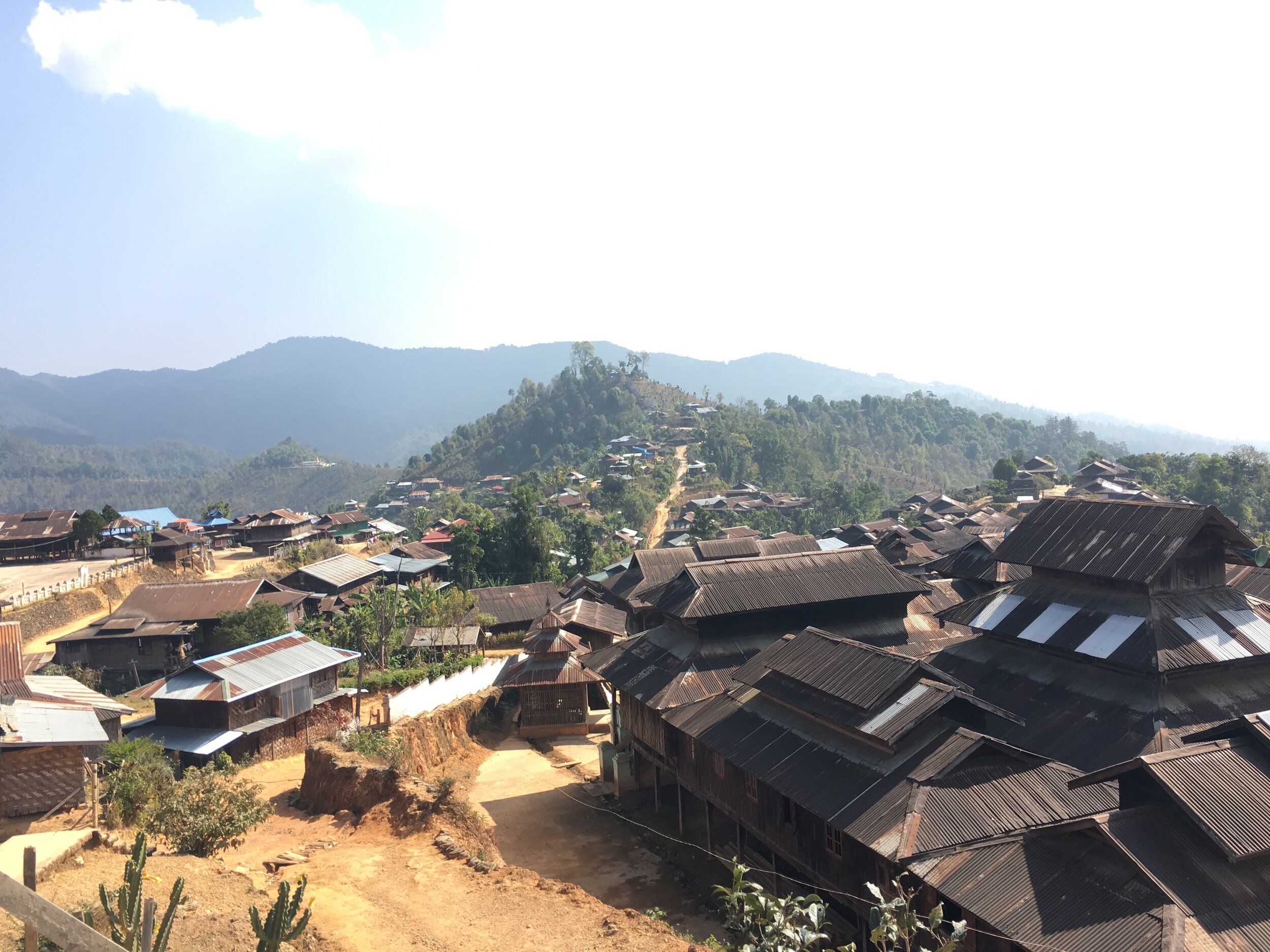

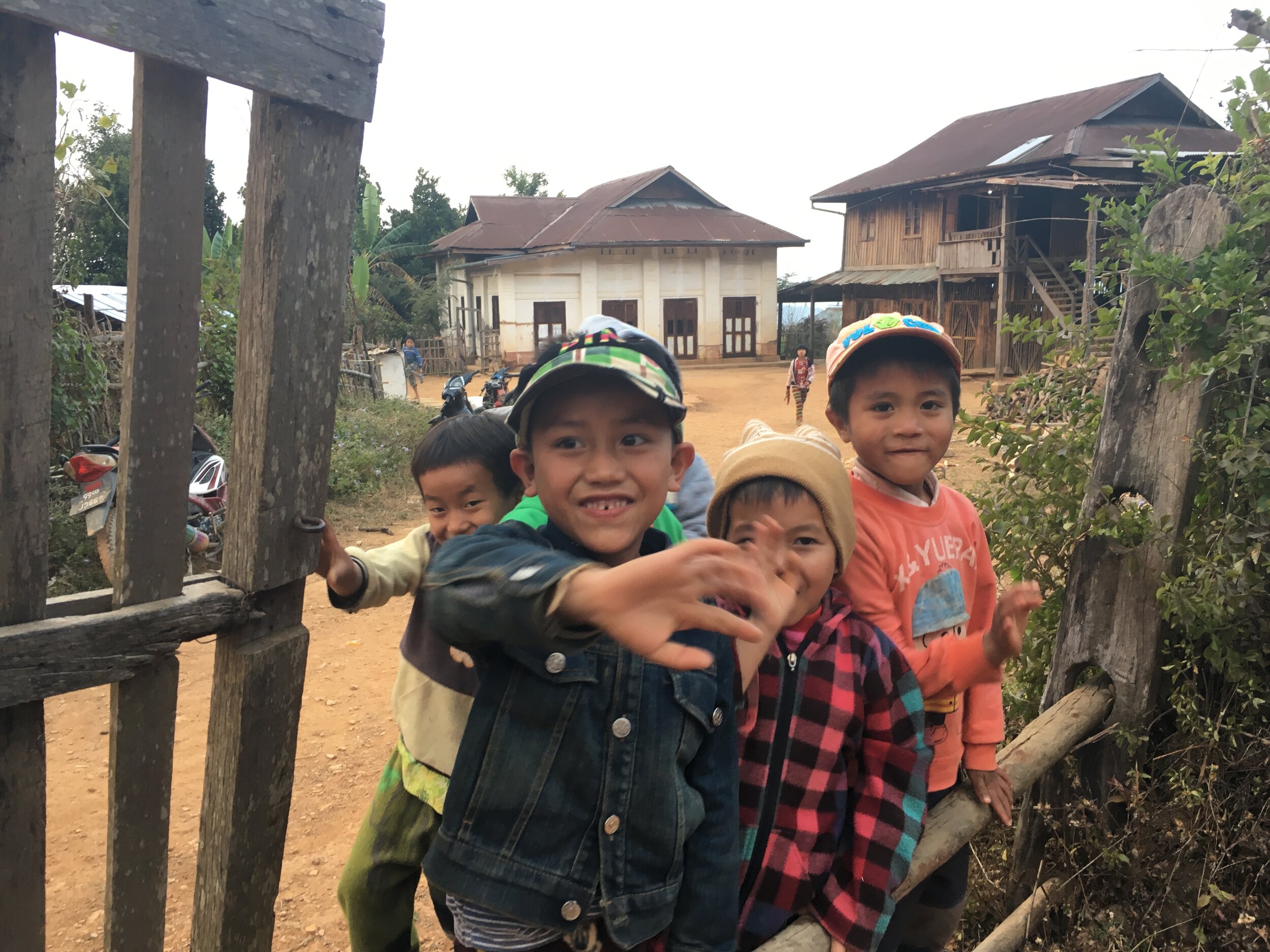



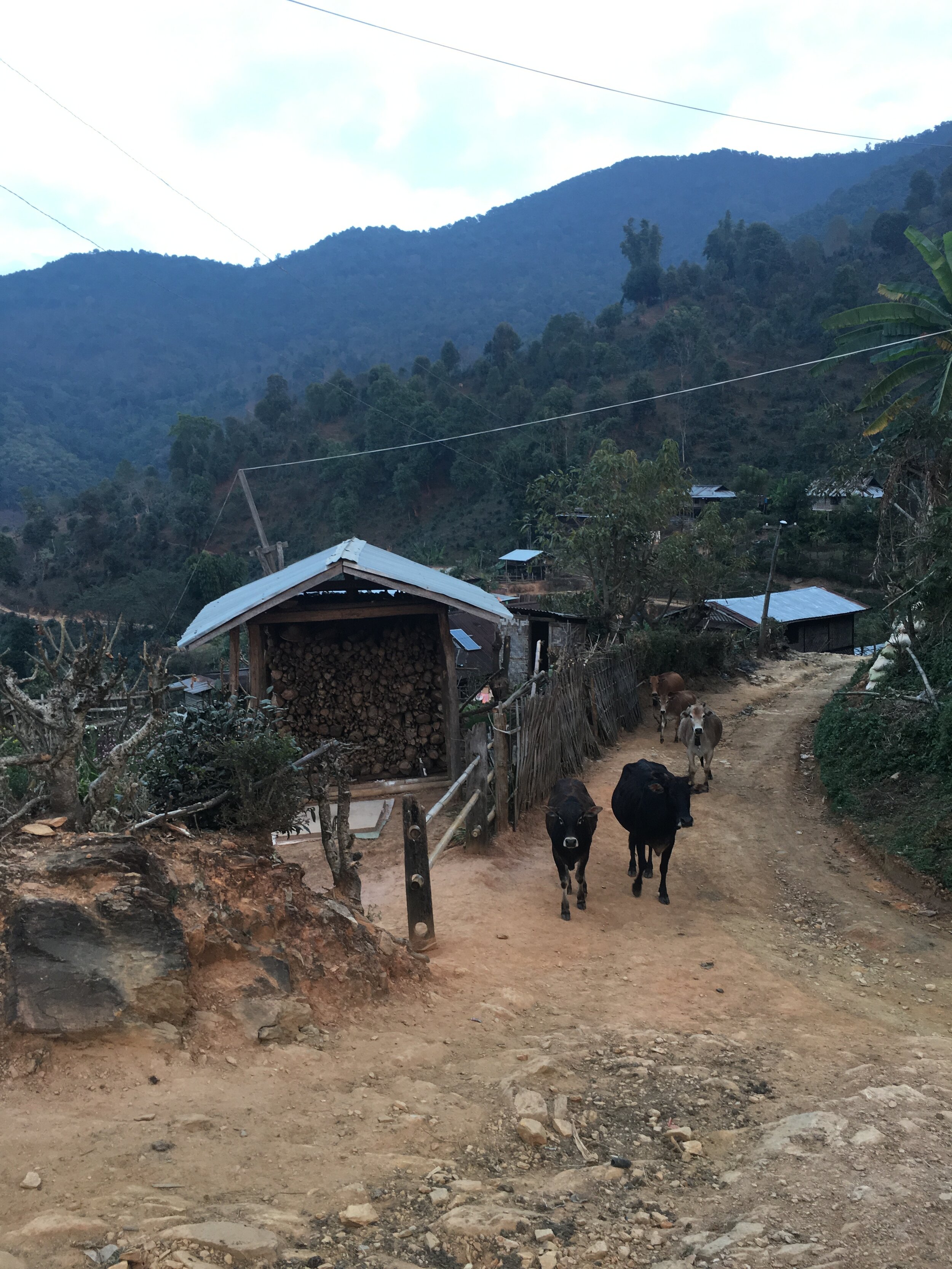
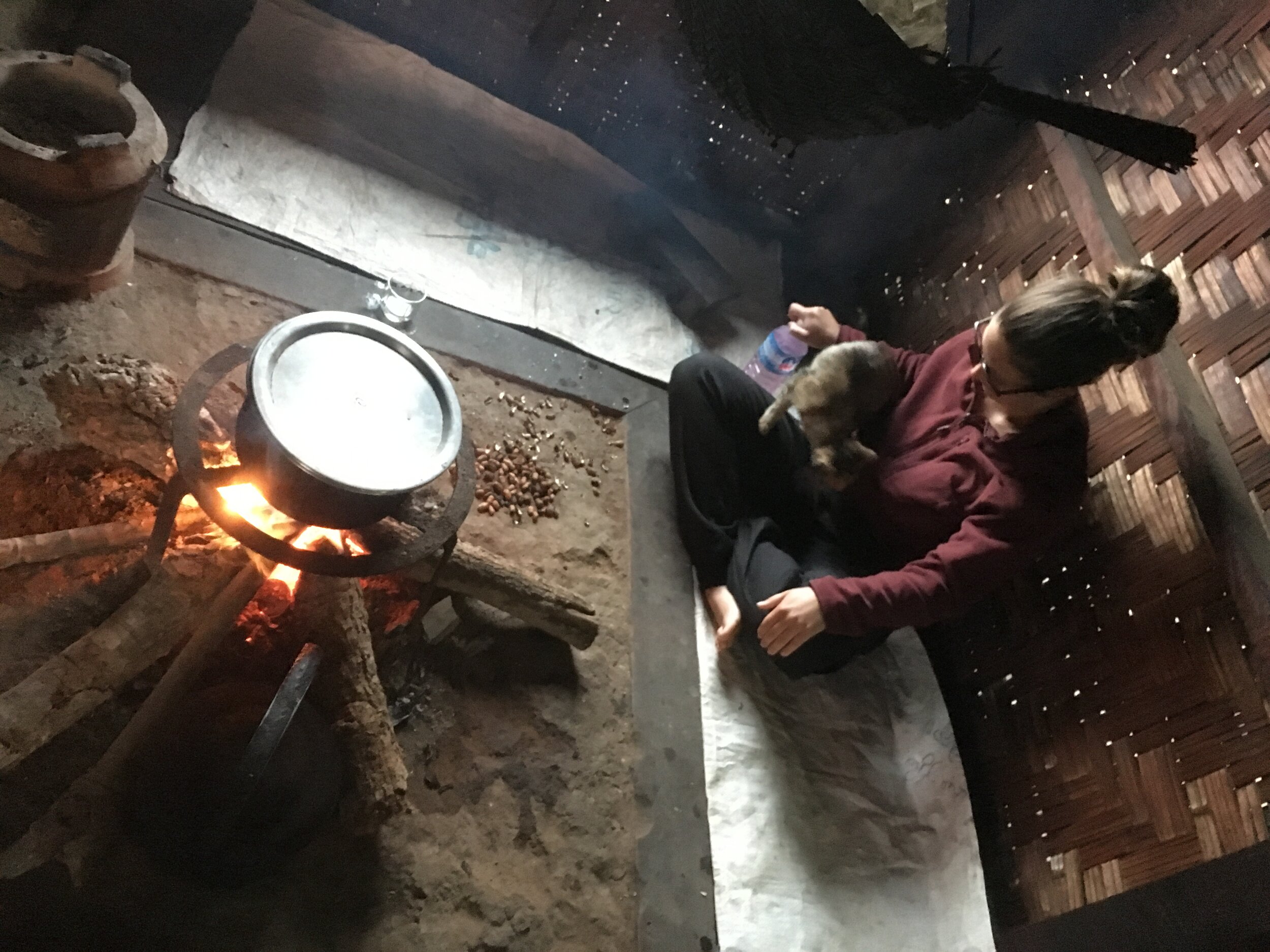

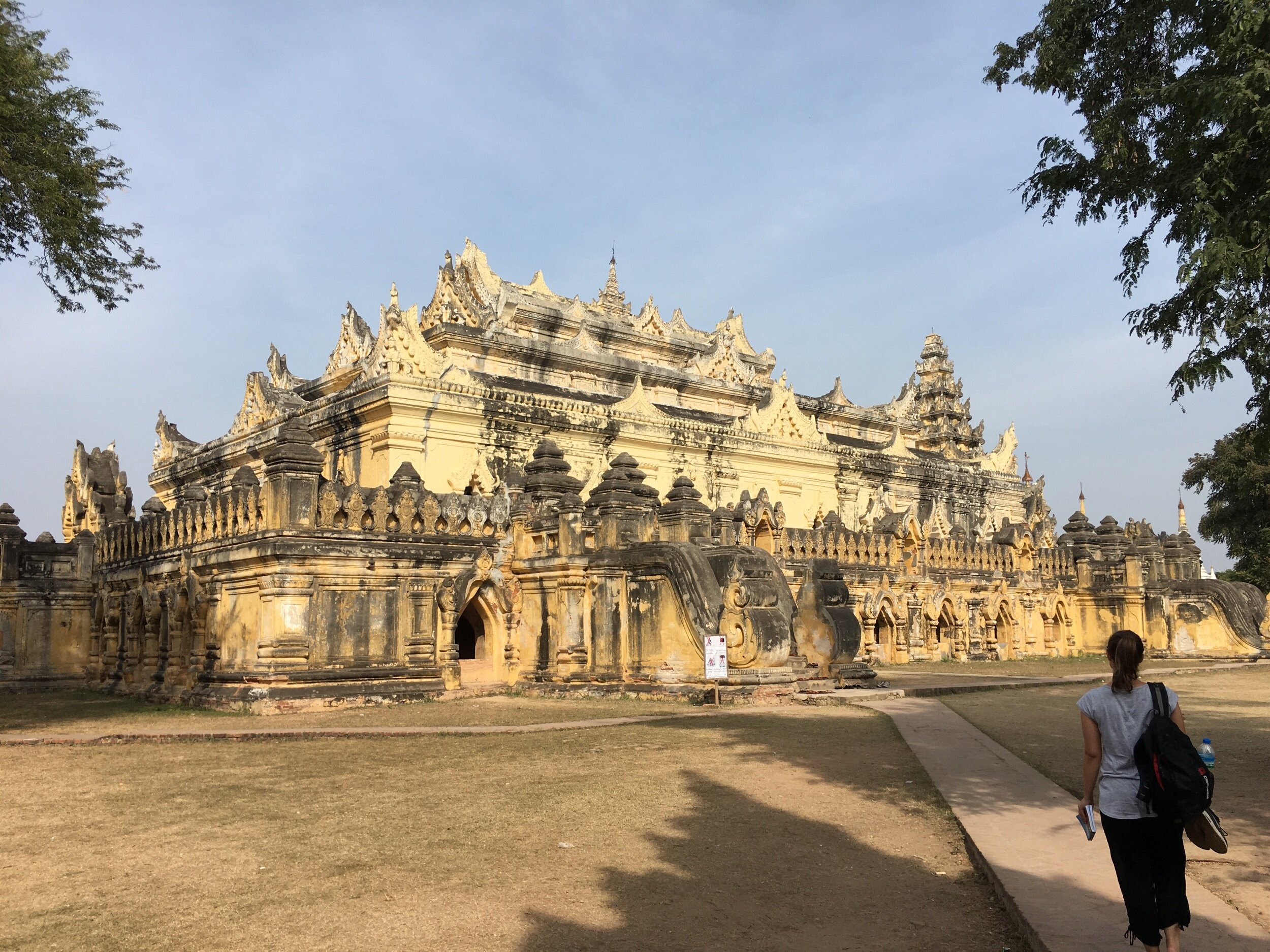











Everything you need to know before visiting Myanmar in one tidy blog post